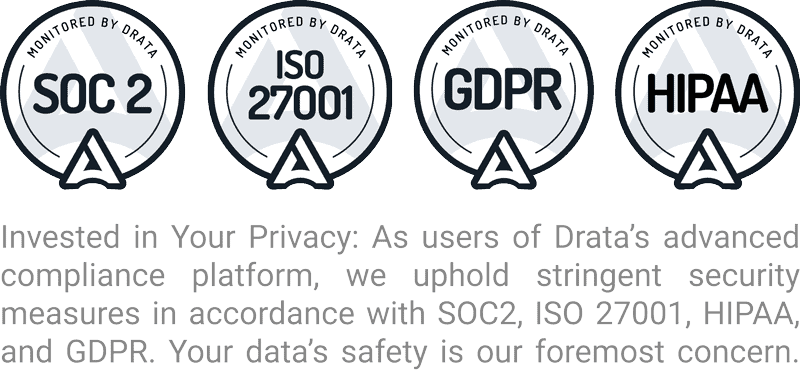Marketing Automation Metrics to Focus On
While marketing automation can improve marketing and sales performance, companies are sometimes unsure of which metrics to focus on. Marketing automation platforms typically provide analytics that can be used as key performance indicators. In most cases, the marketing automation metrics that are often used as KPIs are similar to traditional metrics. 
Marketing Source Pipeline
Marketing source pipeline refers to how effectively each channel is at lead generation. Marketing automation analytics reveal where leads are being generated. Within a multi-channel marketing program there may be several lead generation campaigns: email, SEM, social, etc. deployed at one time. Using MA, marketing execs should evaluate which sources are pulling leads into their sales pipelines. Evaluate each source’s contribution within a program at leads’ point-of-entry into the pipeline.
Marketing Influenced Pipeline
Sometimes called “channel effectiveness”, the marketing influenced pipeline is a measurement of how effectively MA practices are escalating messages and advancing leads through the sales pipeline. It is important to understand how effectively automated marketing campaigns are performing at lead management. Which messages are engaging and advancing leads? Whether the metric being analyzed relates to day-parting effectiveness or channel performance, executives should understand how effectively marketing is at funnel progression. Evaluate the performance of lead nurturing practices by measuring marketing-qualified leads (MQL), sales-accepted leads (SAL), and sales-qualified leads (SQL).
Investment-to-Pipeline
How effectively is digital marketing spend turning prospects into leads? Companies may have different definitions for a new lead, MQL, SAL, or SQL but execs should be focused on how well marketing dollars are filling the pipeline. Lead abandonment rates can be used to evaluate where leads are dropping off. And it can be beneficial to examine the dollars spent to achieve each status within the sales pipeline.
Investment-to-Revenue
This is the big one that most marketing execs are graded on in both traditional marketing practices and marketing automation practices. Often called the “win rate”, this metric reveals how well marketing spend is driving sales. It can be tricky to evaluate profit within an MA platform but execs should definitely be focused on where marketing dollars are producing revenue. While cost-per-lead and close rate are frequently used as KPIs, as MA analytics evolve further, marketing execs will be able to sharpen their focus on evaluating the practices that are directly influenced by marketing automation.


